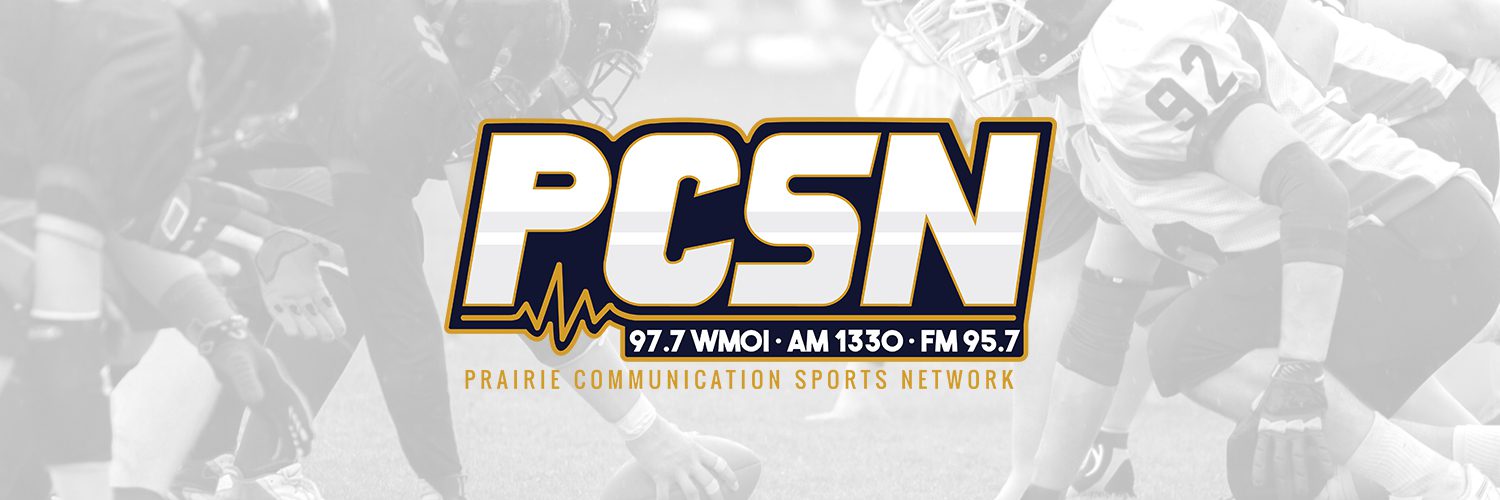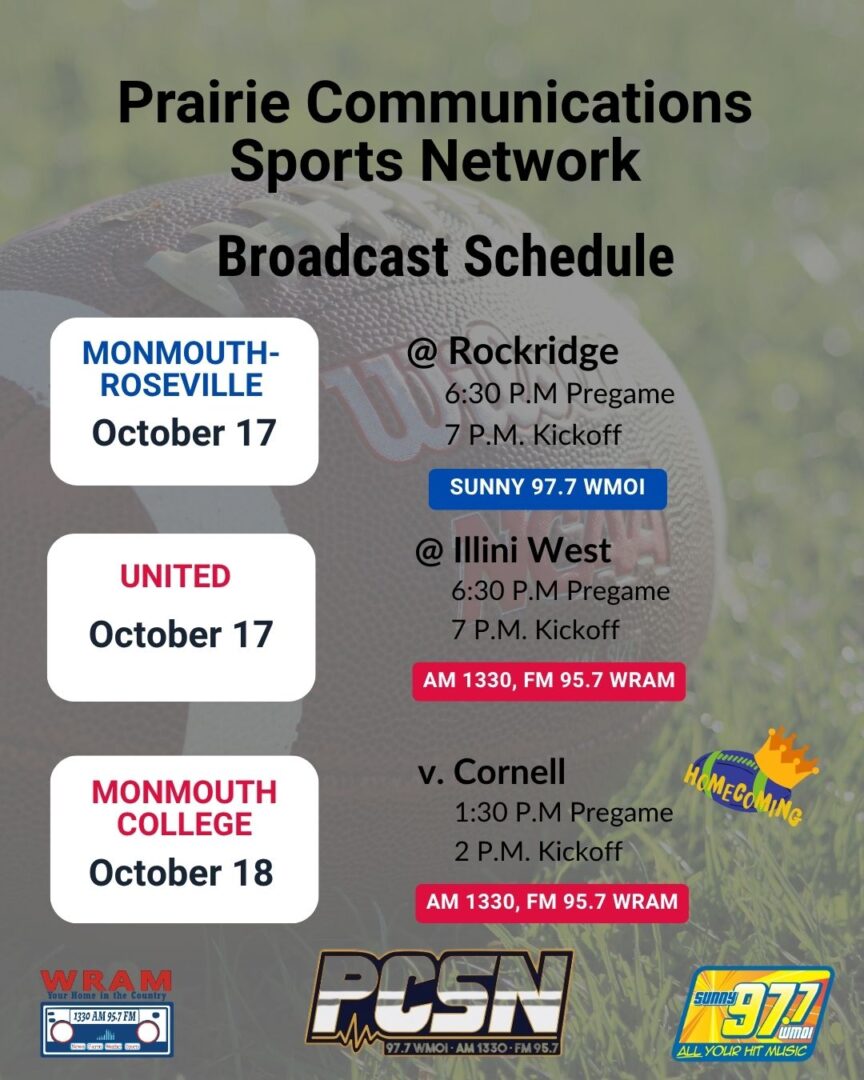By Thomas Best
We sometimes hear of people who live in Chicago who have never been to what I still refer to, and I bet you do to, as the “Sear Tower.” Since, the vast majority of us think of ourselves as “Midwesterners,” how many of us have explored our horizons, cities and towns, and the values and culture which shapes our faith, entertainment, politics, and so much more?
First, I will open with a confession. I have traveled to all but seven states, and while I have been thrilled to hike the Appalachian Trail, walk Boston’s Freedom Trail, taste New Orleans gumbo, stroll the once blood-stained paths of Antietam’s battlefield, I am an unapologetic Midwesterner. I still occasionally call small bodies of flowing water “cricks” rather than “creeks,” and occasionally mess up and talk about “warshing,” as opposed to “washing,” the dishes.
I grew up in a small city in central Iowa—Marshalltown. I lived there for about twenty years until I went off to college at the University of Northern Iowa in Cedar Falls with plans to teach. In 1983, I was hired to teach here in Monmouth. So, the Midwest is really where my soul was fertilized and flourished.
Today, I want to start a series of broadcasts about what maybe you don’t know about this Midwestern land and its people and culture.
This Christmas I received a book from my step-daughter, Heather, titled: “The Lost Continent: Travels in Small-Town America.” It was written by Bill Bryson, a best-selling author whose works are a staple on many best-selling book lists. Knowing Heather’s sense of humor and wanting to tweak my sensitivities, she no doubt purchased this book to witness how I would react to Bryson’s humorous, and often sarcastic and caustic wit about life in small-town America. Bryson, who now lives in England with his wife, has written widely about all things American, he admits in the opening pages of “The Last Continent” that his roots are Midwestern sunk into the heart of the Midwest, that being raised in Des Moines, Iowa.
For those who were students in my social studies students over thirty-years, and participated in decades of geography bees, should know that Des Moines is the capital of Iowa. Incidentally, Des Moines is pronounced not with the sounds of its early French explorers, “Des Moines,” but instead as an oddly abbreviated “Duh Moin” [spell out]. Bryson pens in the opening chapter: “I came from Des Moines. Somebody has to.” In his now aged and altered mindset, he stated that when you come from Des Moines you don’t have many other options other than settling down and getting married to a girl named Bobbi and get a job at the Firestone factory; or well, what would you do? Of course, he jests, I hope.
But one of the highlights, which he briefly mentions, of growing up in Iowa relates to attending events at Des Moines’ mammoth “Veterans’ Auditorium.” It was here that the annual winter time spectacle of state basketball championships played out as Iowa’s premier sports event. Bryson depicts the state high school basketball tournaments as part of Iowa’s cultural highlights experienced when the cold slashing winds blow the snow across this state’s prairies. However, despite his jocularity, I really believe he may have empathized with those who hailed these basketball spectacles as one of the most exhilarating events during the closing days winter.
My memories of the Iowa boys basketball tournaments, which my Marshalltown High School Bobcats often won the right to play in—and sometimes won, were punctuated with the sound of balls bouncing, horns sounding, cheerleaders crying out their hails to the home team, and the smell of buttery popcorn.
If you couldn’t attend, you had to watch the tournament of TV. In the days of the 1960s to mid-1970s, I recall watching the tournament on a black and white TV when—in the days of only about four channels. But while I loved watching the boys’ tournament, the real treat in Iowa was following the games of the girls’ tournament. And this is what I will finish with today—the nostalgic days of that now obscure six on six game. While, I know the modern girls’ version of the game—nearly identical to the boys’ game—is more beneficial to contemporary females in so many ways from scholarship opportunities to improved physical fitness, the six-on-six game was once a unique form of female sports played by a scattering combination of states.
The game was really played on two sides of the court—one side battling three on three with forwards and guards (the latter of whom could not shoot the ball), and the other side of the court was repeated with the same rules. To be an Iowan in the 1960s to 1970s, you either had to be at “Vets” or you watched the games on TV. To this day, I cannot erase the memory of watching Iowa’s six-girl version of basketball—something which today would resemble two alternating games of three on three. Of course, one of the highlights of the tournament was the ceremony honoring past champions and the hall of fame members described by the host, whose distinctive call went something like this: “The year was 1938. As a sophomore, she led her team to the state championship and a scoring crown not duplicated the great Denise Long ascended to the stage. Now a retired school of 35 years, and a grandmother of five, let’s welcome her back!” To accentuate the joy of the celebration, the proud lady was given a bouquet of flowers and was ushered to mid-court by a pair of current girls’ players.” By the way, any older Iowan likely remembers Long as having scored over 6,000 points in her career and actually being drafted by the then San Francisco Warriors of the NBA.
To close, the legacy of girls’ basketball and female athletics as a whole in this Hawkeye state is sadly underestimated. Iowa had the first statewide tournaments for girls starting in 1920. By the early 1970s, 20% of all female high school athletes in the U.S. competed in just Iowa alone (that’s when Iowa had 1% of the American population). The profits from the Iowa Girls season and tournament provided enough money for then fifteen other female sports being played across the state. Of course, today, Iowa’s six-on-six game today seems very antiquated, if not discriminatory. Yet, for over a half-century, this sport was the building block for female athletics. Title IX changed female athletics for the better, but the origins and stellar performance of many Iowa girls in state championship basketball games at Vet’s auditorium helped provide solid building blocks for what this groundbreaking law later more widely and richly offered to America’s female athletes.
Thank you for your interest. Next week, I will continue our travels across the Midwest.













